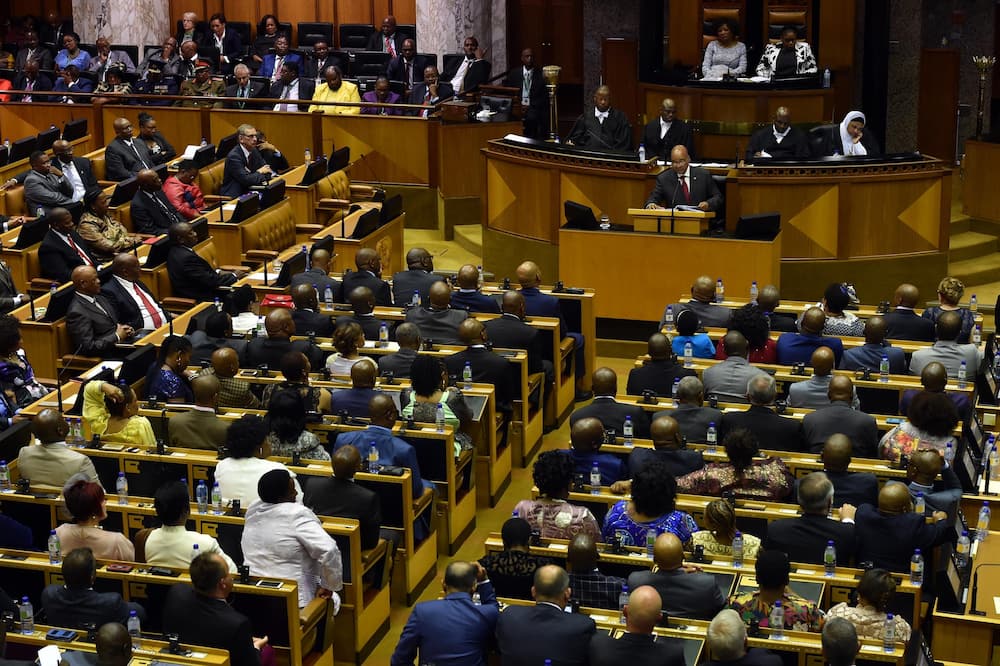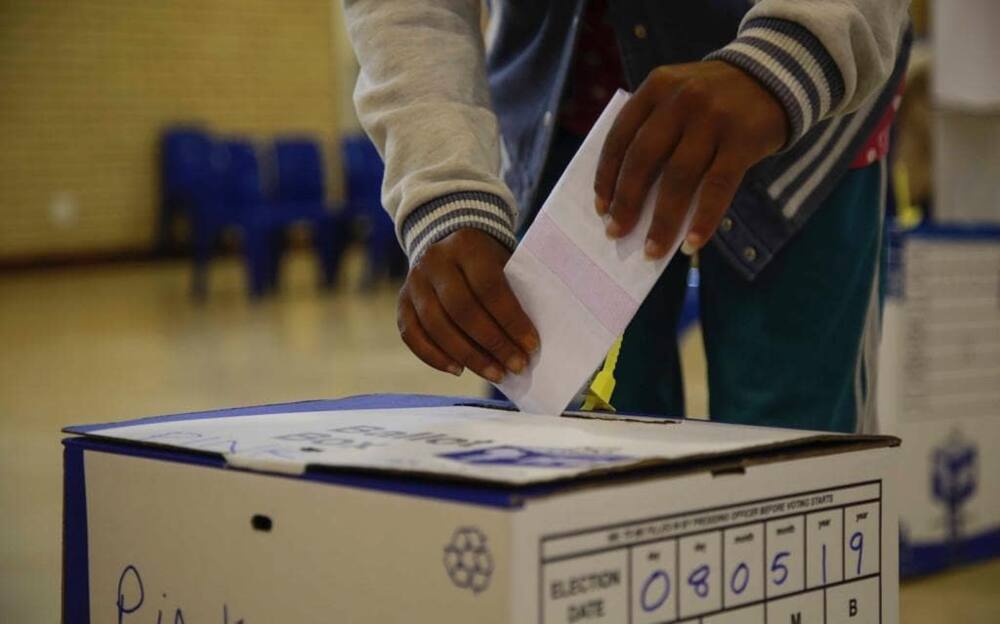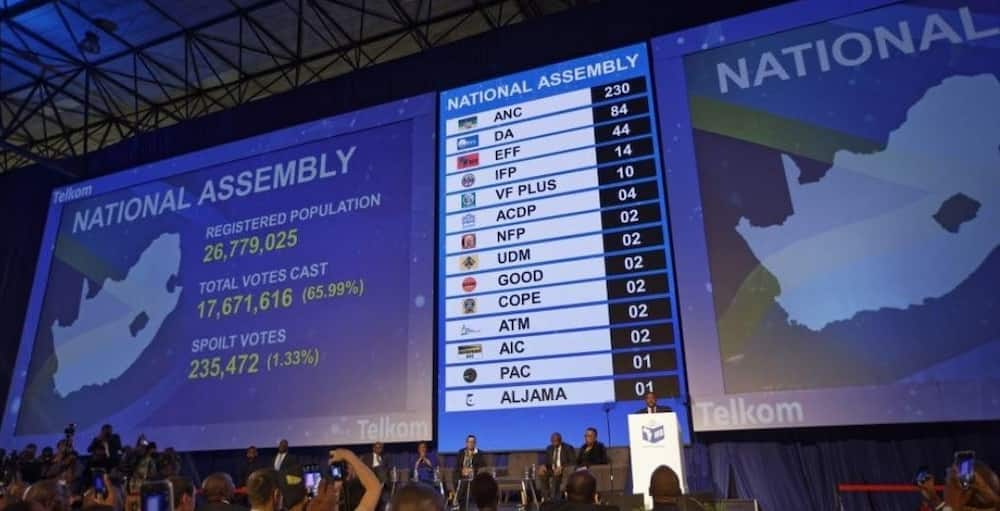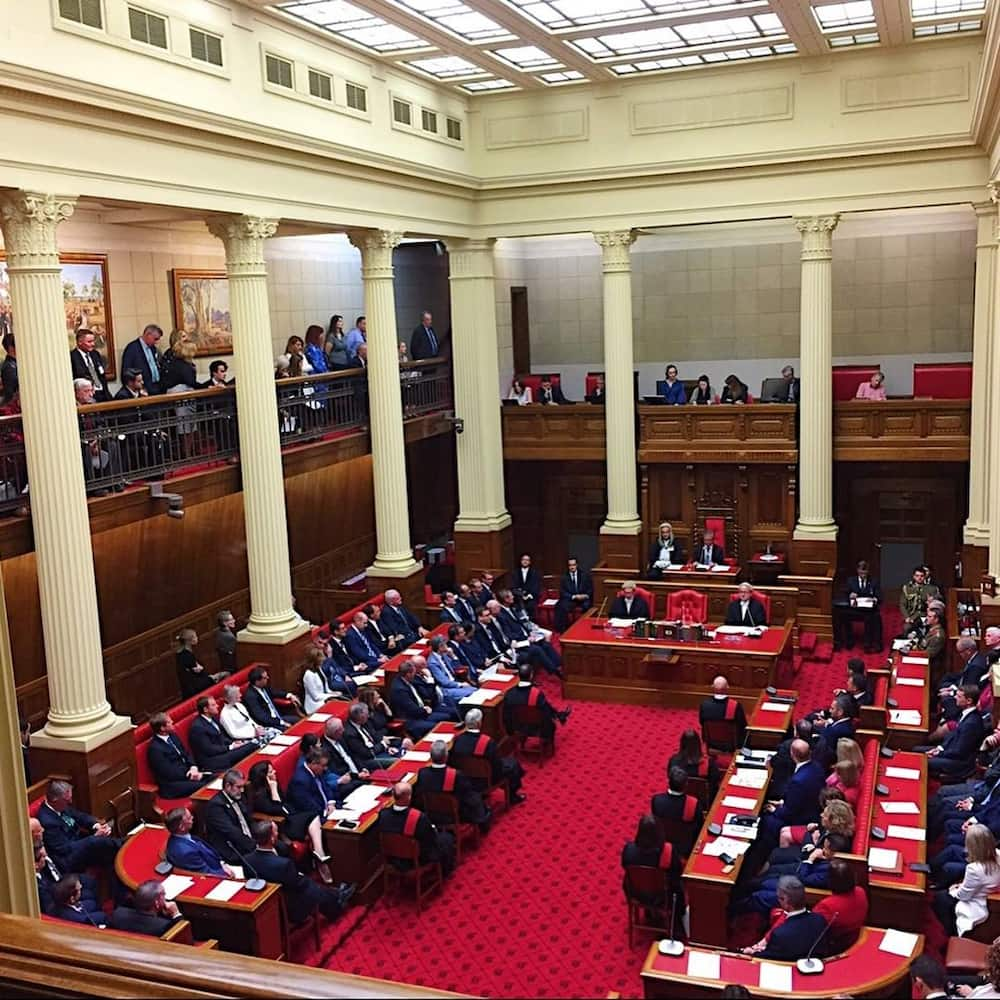This is how many votes for a seat in Parliament of South Africa
How is the South African Parliament formed? As a voter, do you have any influence on the representation that you have in the National Assembly? Do you know the theory behind how many votes for a seat in Parliament? You might want to know more about this issue and whether or not you influence it.

Source: UGC
Why is it that the African National Congress has the highest numbers of members of Parliament? Is it because the ANC is the leading party in the country? Do votes influence this matter? Gaining more knowledge about how many votes for a seat in Parliament will help us understand better how everything works there.
How many votes does it take to get a seat in Parliament in South Africa?

Source: UGC
South Africa adheres to the Proportional Representation (PR) method of election. This means that citizens cast their votes with regard to their political parties of interest, and the parliamentary representation is a factor of the total number of votes that a party receives. The PR method is preferred because it is inclusive, and the parliament representation is proportional. On the flip side, it is believed to create a drift between the voters as the party decides its representative in the National Assembly.
The number of parliamentary seats that each party gains depends on the voter turAout and the number of votes cast in favour of the party.
READ ALSO: EFF wants to cut Mabuza's appearances in Parliament: 'Wastes our time'
How are members of Parliament elected in South Africa?
To demystify this issue, we could use the most recent South Africa elections. With the election results, we could unpack how the parliamentary seats were distributed among the political parties.
During the 2019 elections, the total number of registered voters was 26,756,649 although only 66.05% turned up to vote. Therefore, the total votes cast were 17,672,851. Out of the 17,672,851 votes, 235,472 were spoilt. The number of valid votes was 17,437,379.
South Africa voting results
Out of the total valid votes cast, this is how the votes were distributed among the political parties:
- 10,026,475 were in favour of ANC
- 3,622,531 for DA
- 1,882,480 for the EFF
- 588,839 for IFP
- 414,864 for VF PLUS
- 146,262 for ACDP
- 78,030 for UDM
- 61,220 for NFP
- 76,830 for ATM
- 70,408 for GOOD
- 48,107 for AIC
- 47,461 for COPE
- 32,677 for PAC
- 31,468 for ALJAMA
- 26,262 for ASC
- 24,439 for SWRP
- 19,796 for BLF
- 19,593 for APC
- 18,834 for AASD
- 15,915 for ZACP
- 14,266 for ATA
- 13,856 for AGANG SA
- 12,823 for AZAPO
- 12,386 for ICOSA
- 11,961 for MF
- 10,660 for DLC
- 9,179 for BRA
- 7,564 for F4SD
- 7,144 for FN
- 7,074 for LAND
- 7,019 for ACO
- 6,660 for PA
- 6,499 for ADEC
- 6,321 for ECOFORUM
- 6,108 for WF
- 4,980 for CPM
- 4,841 for ACM
- 4,247 for IRC
- 4,019 for NAPF
- 3,860 for ARU
- 3,768 for A.C.D
- 3,714 for SANCOTA
- 3,406 for CSA
- 2,844 for PRM
- 2,685 for PAU
- 2,580 for FREE DEMS
- 2,445 for SAMEBA
- 1,979 for NPA
How many votes make a seat?
Without delving too deep into understanding how each party has the number of seats allocated to it, it is important to note that there are 400 seats in the South African Parliament. Therefore, the number of votes that make up one seat is calculated by dividing the total valid votes by the total number of parliamentary seats. This number is obtained using the droop quota formula.
The droop quota formula
The droop formula is not as straightforward as it sounds.
Quota formula ={ (Total valid votes)/(seats+1)}+1
Quota = { (17,437,379)/(400+1)} +1
=43,485.735661
The formula disregards fractions and decimals; therefore, the value of one parliamentary seat during the 2019 election was 43,485 votes.
READ ALSO: ANC MP survives being taken hostage in Joburg hijacking ordeal
South African elections results

Source: UGC
From the results, it is needless to say that ANC has the highest number of seats in Parliament. The party has 230 parliamentary seats which account for 57.5% of the total representation. Since ANC has more than 50% of representation, it qualifies to be the majority party. The opposition party has 84 seats accounting for 20.77% while the EFF has 44 seats accounting for 10.80%.
Remainder method
Going through the list of parties and the total number of votes cast in their favour, you will notice that there are parties whose total votes is less than the number of votes required for one parliamentary seat. That does not mean that they do not have any representation in Parliament.
With the remainder method, the remainders for each party are arranged in descending order. The remainder refers to the decimal or fraction that remains after dividing the total valid votes by the quota. The remaining seats are distributed among the parties, and the parties with the highest remainders are prioritised.
This method explains why some of the parties do not have any representation in the National Assembly South Africa, while others have only one member representing them.
READ ALSO: Mbalula criticised over cheeky comment on hefty wages for politicians
National Assembly of South Africa

Source: UGC
According to the statics of the 2019 South African election, the majority party, the African National Congress registered a drop in the number of members representing the party in the South African Parliament. The party lost 19 seats in the elections while the Democratic Alliance lost 5 seats. The Economic Freedom Fighters increased its number of seats from 25 to 44. The Inkatha Freedom Party increased its representation from 10 to 14 members while Freedom Front Plus increased its representation from 4 to 10 members.
The ACDP has 4 members while NFP, UDM, COPE, GOOD, AIC and ATM each have two seats in Parliament. ALJAMA and PAC each have one member representing them in the National Assembly.
With these details available, it is safe to comprehend that one of the key factors that influence the number of South African Parliament seats that a party garners is the voter turnout. If the number of voters supporting a particular party went higher, there are high chances that the party will have more seats in the Assembly.
If you were wondering about how many votes for a seat in Parliament, these details give a clearer picture of how the South African Parliament is formed. This means that you make a contribution to the representation that is in the Assembly.
READ ALSO:
- Parliament officials not losing sleep over Malema's threats on Gorhdan
- Ramaphosa on EFF SONA disruption: Disregard for the ordinary people
- It was improper: Ramaphosa apologises to Julius and Mantwa Malema
Source: Briefly News





